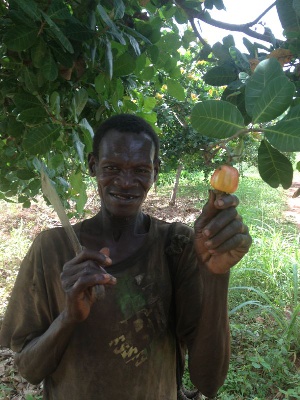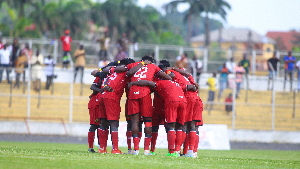Olam International has announced third year results for the Olam Livelihood Charter (OLC), a practical and measurable framework which focuses on creating economic prosperity among farmers, improving social welfare and safeguarding the environment.
As many as 20 corporate sustainability initiatives conducted by Olam across its various operations achieved the highly regarded Olam Livelihood Charter (OLC) status this year, while the number of farmers involved in the programme has more than trebled, according to third year results released in London this week.
The OLC’s ultimate objective is to generate mutual value for Olam’s smallholders, customers, partner NGOs and all its shareholders.
Smallholder farmers growing many of the products which Olam purchases, live in emerging markets, including countries like Ghana, the Ivory Coast, and Burkina Faso, who often work on less than 3 hectares of land and have limited access to fertiliser, seedlings, education, farmer training or credit for investment.
Olam’s Livelihood Charter is based on eight principles: finance, improving yields, market access, quality produce, social investment, labour practices, environmental impact and traceability, all of which are aligned with the United Nation’s Millennium Development goals to maximise impact and drive inclusivity. Initiatives have to meet all eight principles in order to qualify for OLC status.
The main highlights of the OLC achievements chalked in 2013 include Olam’s successful commercialization of smallholder production which involved pre-financing farmers at 0% interest to the value of US$118.6 million in both short and long term finance for crop production, purchasing and asset investments and the supply of inputs to the value of US$ 19.1 million.
The third year results indicate that Olam also invested US$ 3.8 million in farmer training over a period of 5,583 training days and paid a total of US$ 13.9 million in premiums for quality, about 67% higher than what the company paid in 2012.
The report also discloses that Olam, over the period under review, supported the integration of technology innovation into agriculture, helping to connect farmers to the global market and enabling farmers to share crop information, access pricing data and receive payments. Some 73% OLC farmers have mobile phones whiles there are as many as 37,682 GPS mapped farms.
Another significant highlight of the 2013 OLC results was the fact that Olam managed to work to improve social benefits for farmers across its operations, investing some US$ 1.6 million into community development. This was achieved through close collaboration with expert partners, to increase community access to health programmes, education and skills development.
In Ghana, 135 staff contribute to the implementation of OLC-led initiatives and over the period under review, a particularly impactful OLC initiative was registered in the area of augmenting the livelihood of local Cashew Farmers – substantially raising the number of producers from 8,900 to 26,000 over 30,000 hectares of farmlands. Here, Olam provided interest-free pre-financing totalling US$ 1.5 million to farmers alongside the provision of US$ 24,000 in vital agri inputs such as fertiliser, seeds and pesticides to increase productivity.
In total, Olam Ghana paid US$22.5 million to the various cashew farmer networks and spent over US$1 million in premium payments (above the market price) for quality produce. Over the period, the company invested US$ 74,000 in social and economic projects.
“Unlocking value for farmers is steadily increasing the performance of farming communities in Ghana. In addition to furthering economic and social development, assisting farmers to commercialise their operations also enables Olam to ensure reliable, high quality global crop supply of products such as cashew and cotton”, Mr. Amit Agrawal, Managing Director of Olam Ghana observed.
“The results of our Livelihood Charter demonstrate the potential that lies in Ghana’s agricultural industry, which is also the result of continued support from local partners. Rigorous data collection shows that in just three years, sustainable business practices under the OLC principles are facilitating smallholder growth and benefiting communities,” said Mr. Agrawal.
Some 34,081 Ghanaian cotton and cashew farmers are currently involved in the Olam Livelihood Charter and 2,000 out of a total of 18,081 smallholder farmers trained in good agricultural practices are women. Olam has so far developed 107 model farms for various farm produce and over the past year, 7,819 farmers have received seeds under the OLC initiative. Olam’s GPS mapping for farms has reached as many as 8,081 farms and 55% of farmers within the OLC network are using mobile phones.
The evaluation period for the OLC commences in April of the previous year (2012) and ends in March of the substantive year (i.e. 2013).
Business News of Saturday, 1 June 2013
Source: www.ghanaweb.com

















